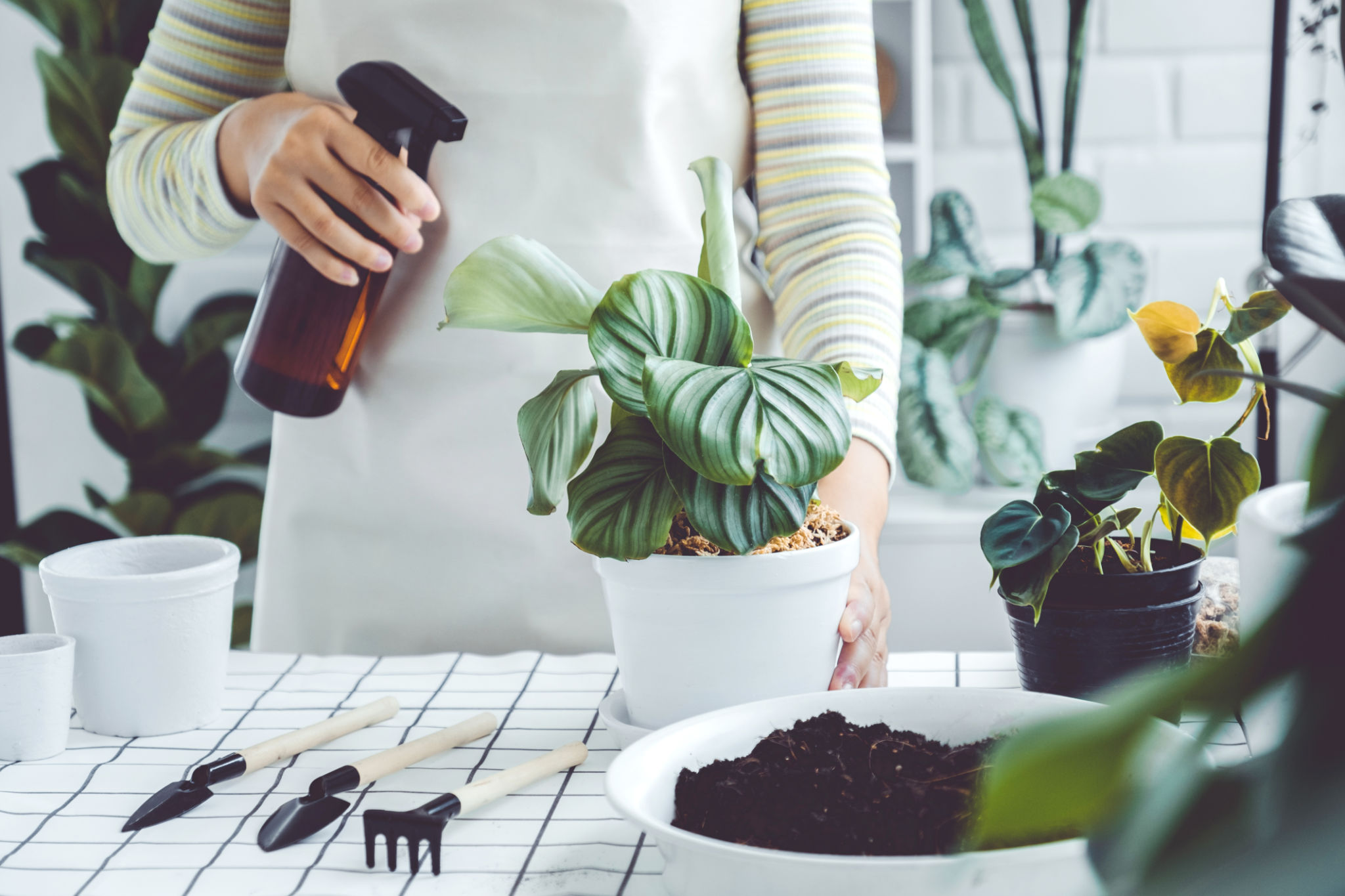How to Improve Indoor Air Quality: Tips and Techniques
Understanding Indoor Air Quality
Indoor air quality (IAQ) is a crucial aspect of maintaining a healthy living environment. Poor air quality can lead to a variety of health issues, including respiratory problems, allergies, and even more severe conditions. Understanding the factors that affect IAQ is the first step in making improvements.
Several elements contribute to indoor air pollution, such as dust, mold, pet dander, and chemicals from household products. It's important to identify these sources and take steps to reduce their impact. By doing so, you can significantly improve the air you breathe inside your home.

Ventilation: The Key to Better Air
Proper ventilation is essential for maintaining good indoor air quality. It helps to remove stale air and replace it with fresh outdoor air. There are several ways to improve ventilation in your home:
- Open windows and doors when weather permits to allow fresh air in.
- Use exhaust fans in kitchens and bathrooms to remove moisture and odors.
- Consider installing a whole-house ventilation system for consistent airflow.
The Role of Air Purifiers
Air purifiers can be effective tools in improving indoor air quality. They work by filtering out pollutants and allergens from the air. When choosing an air purifier, look for one with a HEPA filter, as these are designed to capture even the smallest particles.
It's important to regularly maintain your air purifier by replacing filters as needed. This ensures that the device operates at peak efficiency and continues to provide clean air for your home.

Regular Cleaning and Maintenance
Keeping your home clean is another important step in improving indoor air quality. Dust and vacuum regularly to reduce the buildup of allergens like dust mites and pet hair. Using a vacuum cleaner with a HEPA filter can be particularly effective.
Don't forget about maintaining your HVAC system. Regularly changing filters and scheduling professional inspections can prevent dust and debris from circulating throughout your home.
Natural Solutions for Better Air
Incorporating plants into your home decor can also contribute to better indoor air quality. Certain plants have air-purifying properties, such as spider plants, peace lilies, and snake plants. These natural solutions not only enhance your space aesthetically but also help remove toxins from the air.

Avoid using harsh chemical cleaners that can introduce volatile organic compounds (VOCs) into the air. Instead, opt for natural cleaning products or make your own using simple ingredients like vinegar and baking soda.
Monitor Your Indoor Air Quality
Finally, consider investing in an indoor air quality monitor. These devices can provide real-time data on the levels of pollutants in your home, helping you identify problem areas and track improvements over time.
By taking these steps, you can create a healthier indoor environment for yourself and your family. Remember, improving indoor air quality is an ongoing process that requires attention and effort, but the benefits to your health and well-being are well worth it.